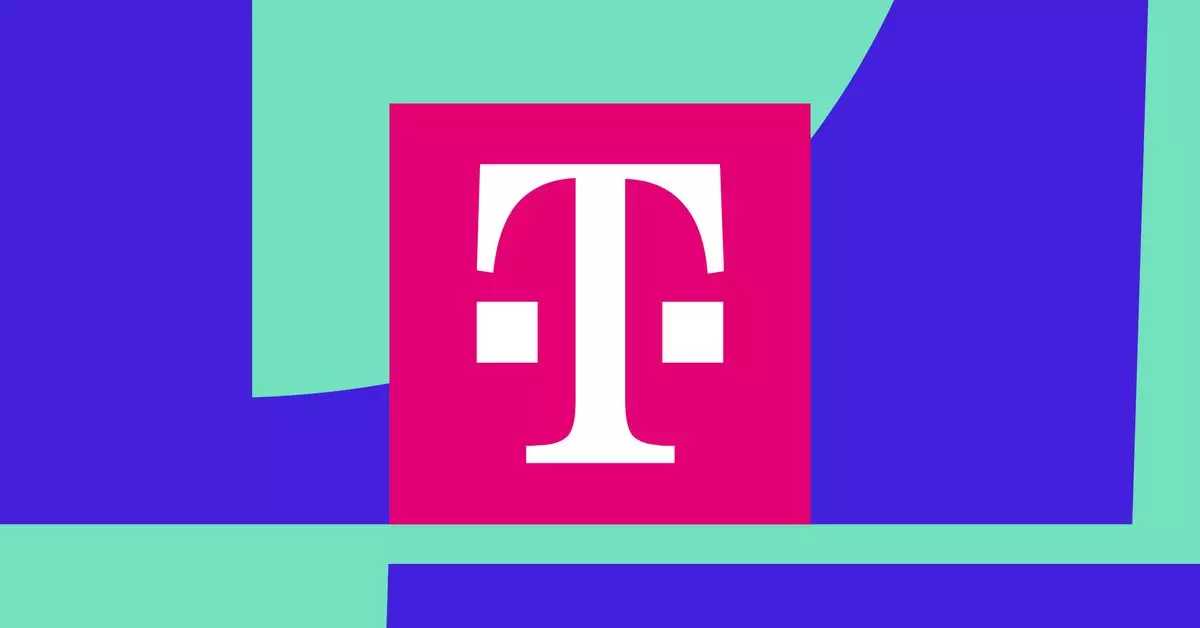In times of crisis, maintaining communication can be a lifeline between those affected by disasters and their loved ones. Recent announcements from SpaceX and T-Mobile demonstrate a significant leap forward in emergency communication. Following Hurricane Helene and Hurricane Milton, SpaceX has enabled the capacity for T-Mobile customers in these areas to send SMS texts through their Starlink satellite network. This innovative approach not only enhances connectivity but also assures individuals of their safety during emergencies.
SpaceX’s initiative to leverage satellite technology for SMS communication marks a pivotal moment in crisis communication. Typically, text messaging relies on terrestrial networks, which can be rendered ineffective during natural disasters due to infrastructure damage. By contrast, the Starlink satellites operate above these local disturbances, offering a potential solution where traditional methods fail. Customers whose phones connect to a Starlink satellite will experience service through a network identified as “T-Mobile SpaceX,” indicating that they are utilizing this advanced communication pathway.
However, users should be aware of the limitations of this service. SpaceX recommends that customers, especially during adverse conditions, attempt to send texts outdoors or near windows since the service is optimized for these environments. This point underscores the necessity for people in affected regions to adapt and follow best practices for using this innovative technology effectively.
One of the most significant aspects of this service is its implication for emergency response. Text messaging remains a critical tool during disasters, allowing individuals to alert authorities (such as 911) and receive crucial updates about the evolving situation. The Federal Communications Commission (FCC) recently granted temporary approval for this service, highlighting its importance in bolstering the communication infrastructure in disaster-stricken areas. Such measures can facilitate faster response times and potentially save lives by enabling more efficient coordination among emergency services.
Despite the promising nature of this initiative, challenges remain. Connectivity issues may arise, particularly in densely populated areas or regions with significant interference. SpaceX acknowledges that users might need to resend messages that don’t go through the first time. This caveat reflects the unpredictable nature of both natural disasters and satellite communications. While the technology is revolutionary, it still necessitates user awareness and adaptability.
Additionally, the effectiveness of satellite-based SMS solutions like this one must be rigorously tested under various disaster scenarios. Gathering data and feedback during active situations will be crucial in refining the technology and ensuring its reliability for future emergencies.
The collaboration between T-Mobile and SpaceX represents a significant advancement in emergency communication technology. By utilizing Starlink’s satellite capabilities, they have created a contingency plan that can help ensure connectivity when it matters most. As this technology evolves, we may witness further integration between satellite communications and cellular networks, paving the way for more resilient communication systems capable of withstanding disasters. This initiative not only serves those affected by hurricanes but also stands as a model for future emergency preparedness and response efforts worldwide.


Leave a Reply